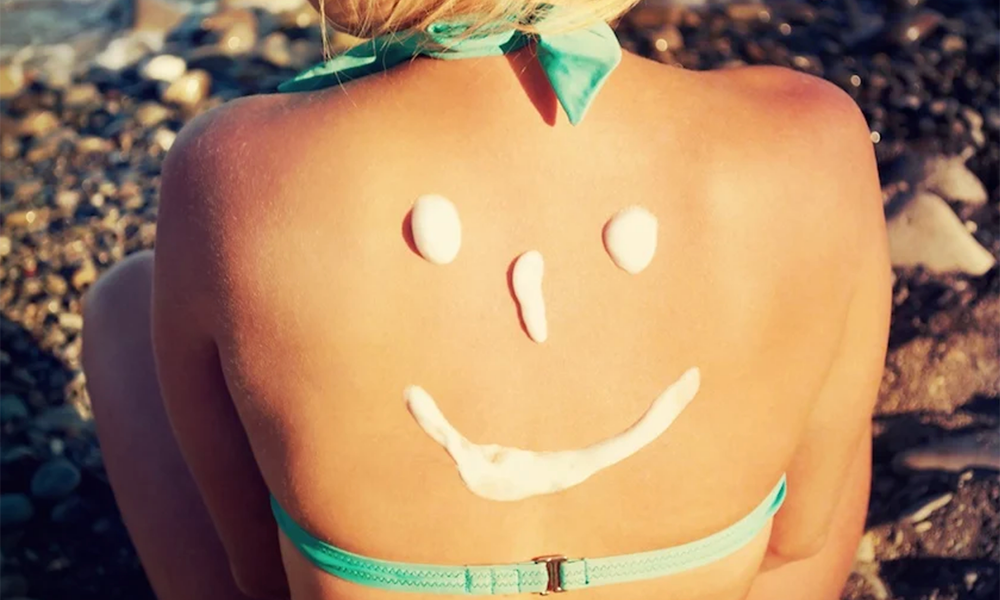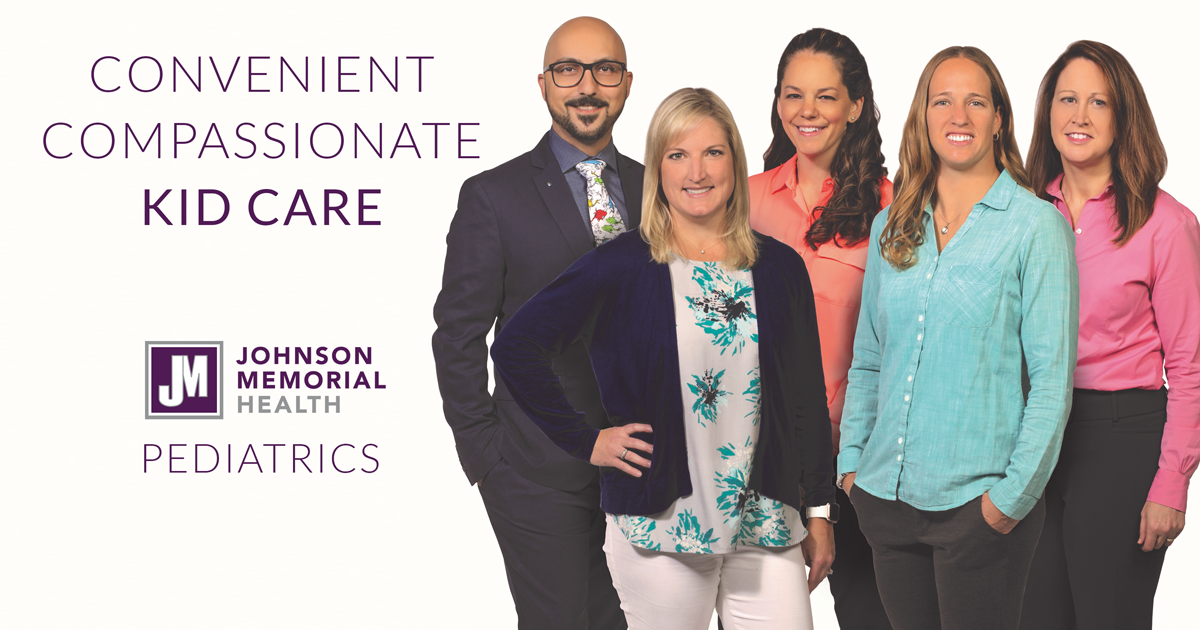 Summer has arrived! With all the outdoor activities you will be doing in the coming weeks, it's important that you take care of your skin.
Summer has arrived! With all the outdoor activities you will be doing in the coming weeks, it's important that you take care of your skin.
Too much sun exposure can have damaging effects on the skin ranging from sunburns to cancer.
The ultraviolet (UV) rays from the sun are the main source of damage to your skin. People who have more exposure to UV rays have a greater risk of developing cancer. That doesn't mean that you need to completely avoid the sun. Feel free to get outside and enjoy your summer, but take some precautions.
Here are some tips to keep your skin safe and protected this summer.
Children Need More
Everyone in your family should be protected from the harmful effect of the sun, but children and babies need even more. Their skin is delicate and more sensitive, so it can burn more easily. Be sure to cover them up as much as you can.
From an early age, teach children the importance of reducing exposure to the sun. Then it will be second nature as they get older.
Use Sunscreen
Sunscreen is a product the filters the sun, but it doesn't completely block the UV rays from getting to your skin. While sunscreen is a fantastic way to protect your skin, you will need to look into other ways to limit your exposure to harmful UV rays.
Wear sunscreen every day, no matter the weather. When putting on sunscreen, pay particular attention to areas that are left uncovered like ears, nose, and neck. Reapply often, especially when sweating or swimming.
Click here to read more details about the use of sunscreen.
Find Shade
Not only will it be a little cooler, but spending time in the shade will also block some of the harmful UV rays. The middle of the day, between 10 a.m and 2 p.m., poses the highest risk for UV exposure, so try to find shade if you will be out. Even on cloudy days, the UV rays can come through the clouds. Be sure to spend time in the shade if you can.
Cover Up
Wearing protective clothing will prevent sun exposure. There are specific types of clothing that have UV protection ratings, but even wearing regular long sleeves and pants or using an umbrella can greatly reduce your exposure. Darker colors usually offer more protection than lighter colors. A rule of thumb to remember is that if you can see light through the fabric, UV rays can get through it too.
Wear a Hat
Your neck, face, and scalp are the most common areas to develop skin cancer. Wearing a hat, especially a wide brim hat, can protect these areas that get the most sun exposure. If you don't have a wide brim hat, a baseball cap will work, but your neck will be exposed. Be sure to cover it up.
Wear Sunglasses
Sunglasses protect your eyes and the surrounding areas. Look for a "Meets ANSI UV Requirements" label to ensure the best protection. ANSI is the American National Standards Institute which sets a standard to help regulate the integrity of products.
Remember that a darker lens does not always mean more protection. The UV protection comes from a clear coating on the lens, not from the lens color.
Avoid Tanning Beds
Tanning beds use UV rays to darken the skin and are linked to an increase in melanoma, a type of skin cancer. Most dermatologists and health organizations recommending staying away from them. If you want to look tan, try a sunless tanning cream. You can get the look you want without the dangerous UV exposure that comes with tanning beds.
Finally, remember the motto from The American Cancer Society:
Simply staying in the shade is one of the best ways to limit your UV exposure. If you are going to be in the sun, “Slip! Slop! Slap!® and Wrap” is a catchphrase that can help you remember some of the key steps you can take to protect yourself from UV rays:
- Slip on a shirt.
- Slop on sunscreen.
- Slap on a hat.
- Wrap on sunglasses to protect the eyes and skin around them.

